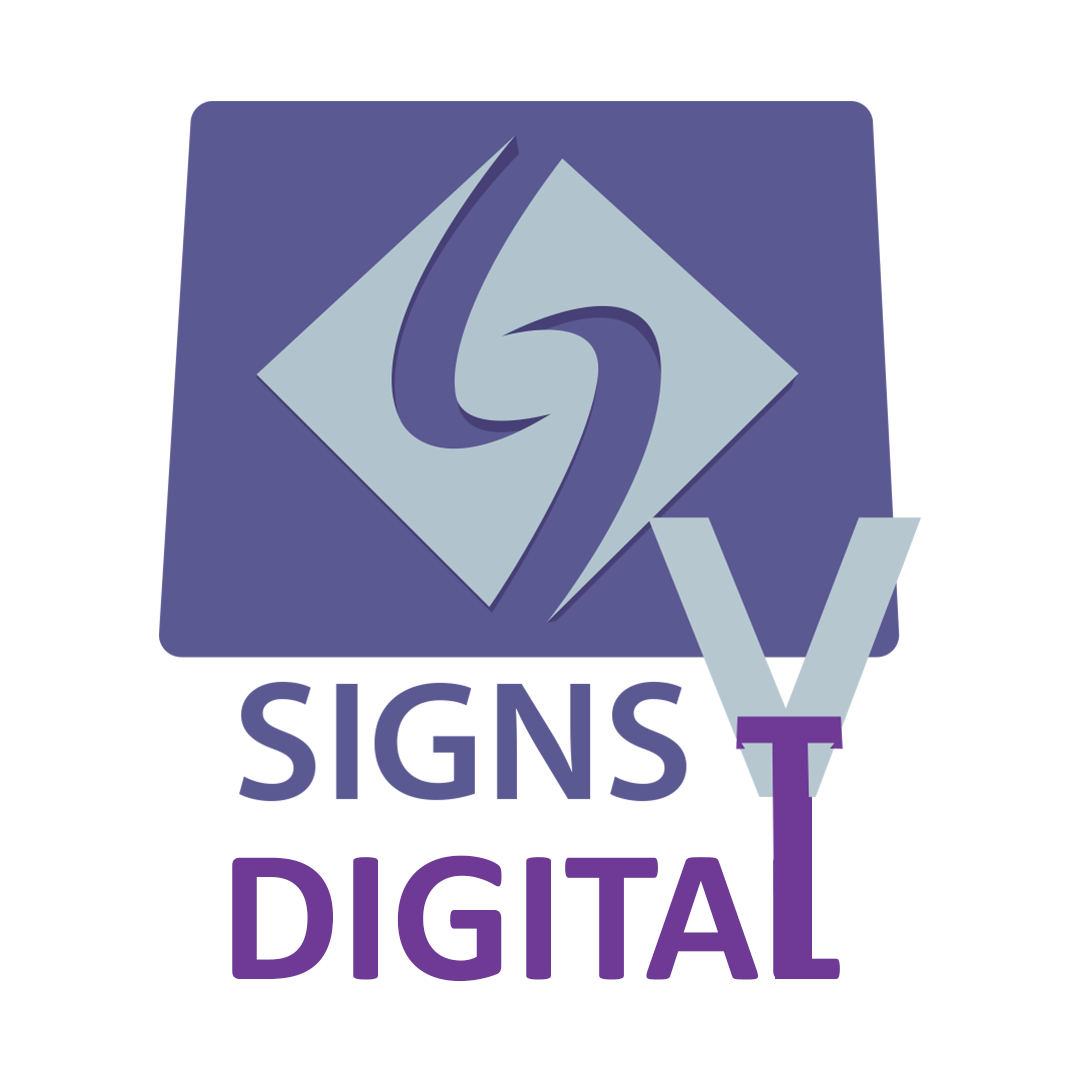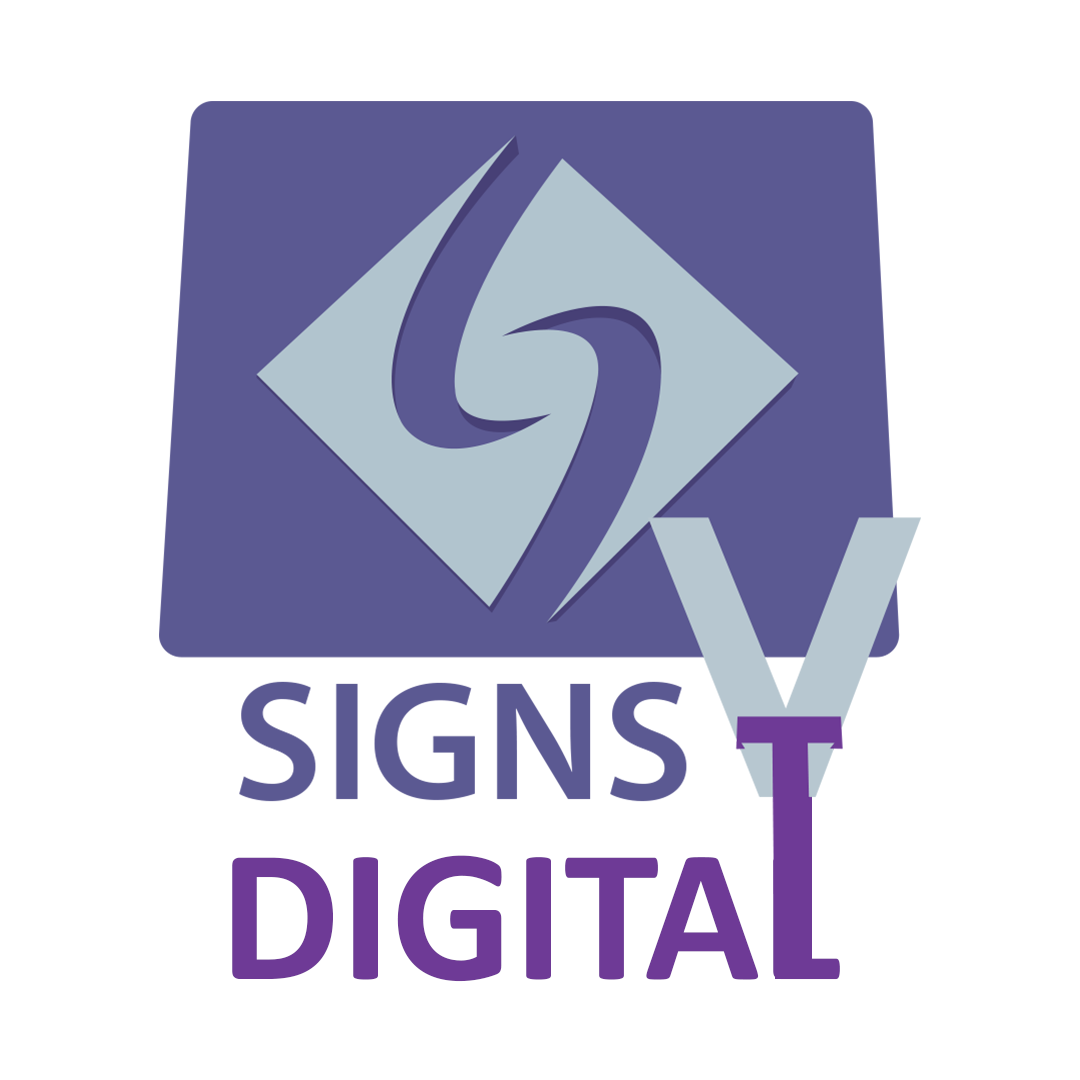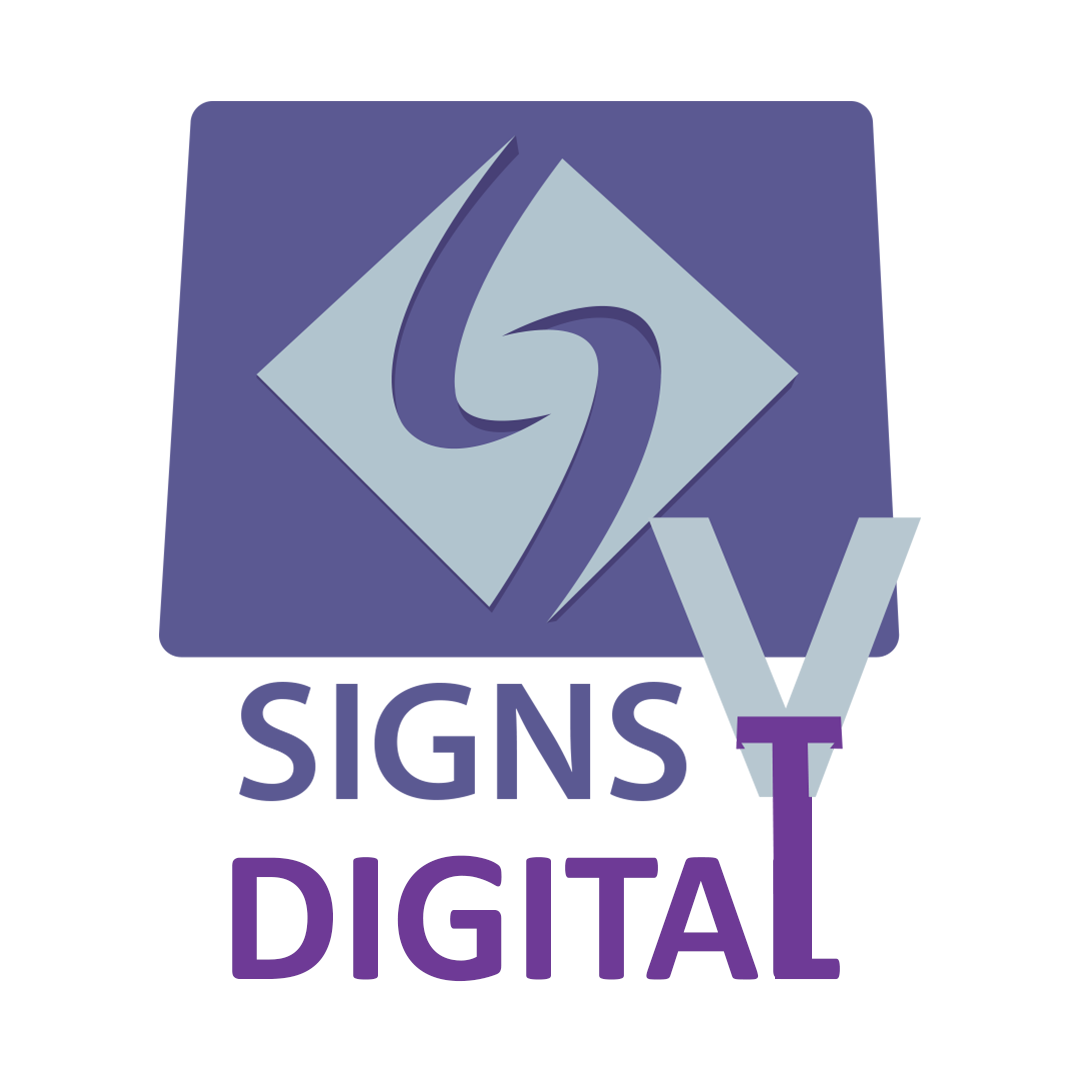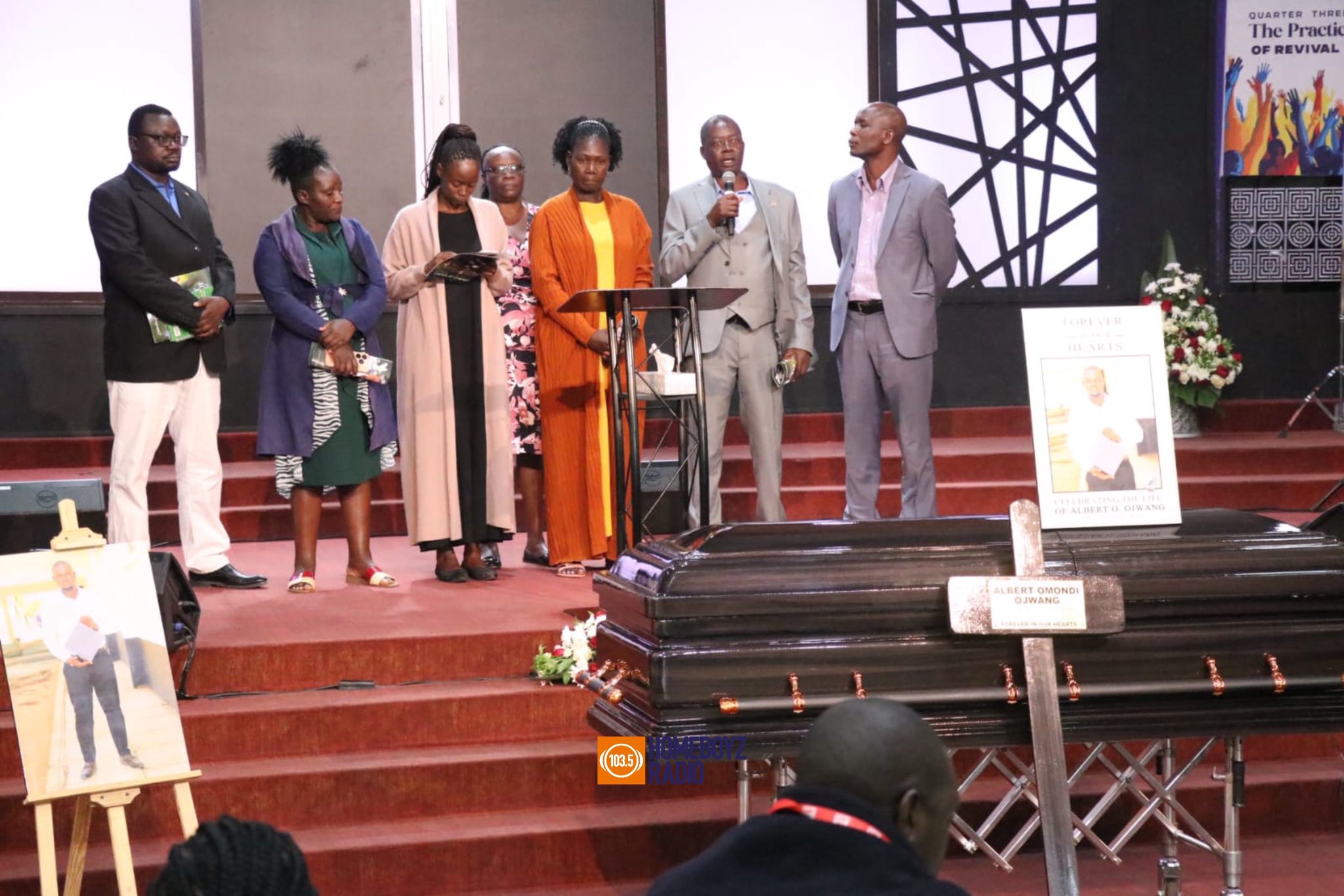WORLD DOWN SYNDROME DAY
What is Down syndrome? Who does it affect? How can we define its severity? Is it curable? How can it be managed?
Down syndrome is a condition that results from an extra chromosome. Chromosomes are tiny packages of genes found in the body, and they determine how a child’s body forms and will function during pregnancy and its growth. Normally, a baby is born with 46 chromosomes, but babies with Down syndrome have an extra copy of one of these chromosomes, chromosome 21. Medically, an extra copy of chromosome is known as ‘trisomy’, hence Down syndrome is also referred to as Trisomy 21.

This extra copy changes how the baby’s brain and body develops, and can cause both mental and physical challenges for the baby.
Although Persons with Down syndrome may act and look similar, each person has a different ability, and the IQ (a measure of intelligence) lies at the mildly to moderately low range, they are slower to speak compared to other children.
Features of Down syndrome
Persons with Down Syndrome often exhibit these features.
- A flattened face, especially the bridge of the nose
- Almond-shaped eyes that slant up
- A short neck
- Small ears
- A tongue that often sticks out of the mouth
- Tiny white spots on the iris (colored part) of the eye
- Small hands and feet
- A single line across the palm of the hand (palmar crease)
- Small pinky fingers that sometimes curve toward the thumb
- Poor muscle tone or loose joints
- Shorter in height as children and adults
- How Many Babies are born with Down syndrome?
Over the years, Down syndrome remains the most common chromosomal condition, diagnosed in the United States. Annually, about 6,000 babies born in the United States have Down syndrome, which means that out of 700 babies, 1 child is born with Down syndrome. This means that Down syndrome occurs in about 1 in every 700 babies.
Types of Down syndrome
Occasionally, people cannot tell the difference between each type of Down syndrome since most physical features and behaviors are similar.
Trisomy 21
On average, about 95% of people with Down syndrome have Trisomy 21.2. With this type of Down syndrome, each cell in the body has 3 separate copies of chromosome 21 instead of the normal 2 copies.
Translocation Down syndrome
This type of Down syndrome accounts for a small percentage of people with Down syndrome (about 3%). Translocation Down Syndrome occurs when an extra part or a whole extra chromosome 21 is present, but it is attached or “trans-located” to a dissimilar chromosome rather than being a separate chromosome 21.
Mosaic Down syndrome:
Mosaic Down syndrome affects about 2% of people with down syndrome.2 Mosaic means mixture or combination, where the cells have 3 copies of chromosome 21 for children with mosaic Down syndrome; some of their cells have 3 copies of chromosome 21, while other cells have the typical two copies of chromosome 21. It is worth noting that children with mosaic Down syndrome may exhibit the same features as other children with Down syndrome. However, they may have fewer features of the condition due to the presence of some (or many) cells with a typical number of chromosomes.
Causes and Risk Factors
The extra chromosome 21 leads to the physical features and developmental challenges that are likely to occur among persons with Down syndrome. According to research, Down syndrome is caused by an extra chromosome, but no one knows for sure why Down syndrome occurs or how many different factors play a role.
One factor that increases the risk of having a baby with Down syndrome is the mother’s age. Women who are 35 years or older when they become pregnant are more likely to have a pregnancy affected by Down syndrome than women who are younger. However, the majority of babies with Down syndrome are born to mothers less than 35 years old, because there are many more births among younger women.
Diagnosis
There are two basic types of tests available to detect Down syndrome during pregnancy: diagnostic tests and screening tests. A screening test shows if the baby is at risk of having Down syndrome but does not provide a diagnosis, although they are safer for the mother and the developing baby. On the other hand, diagnostic tests detect whether or not a baby will have Down syndrome, although they are much riskier for the baby and the mother. Both tests do not predict the full impact of Down syndrome on a baby.
Other Health Problems
Many people with Down syndrome have common facial features with no major birth defects. However, other people with Down syndrome might have one or more major birth defects or other medical problems. Some of the more common health problems among children with Down syndrome include:
- Hearing loss
- Obstructive sleep apnea, which is a condition where the person’s breathing temporarily stops while asleep
- Ear infections
- Eye diseases
- Heart defects present at birth
- Health care providers routinely monitor children with Down syndrome for these conditions.
Treatments
Down syndrome is a lifelong condition. Services early in life will often help babies and children with Down syndrome to improve their physical and intellectual abilities. Most of these services focus on helping children with Down syndrome develop to their full potential. Among these services include occupational, speech, and physical therapy which can be achieved through early intervention programs.
Tags:



